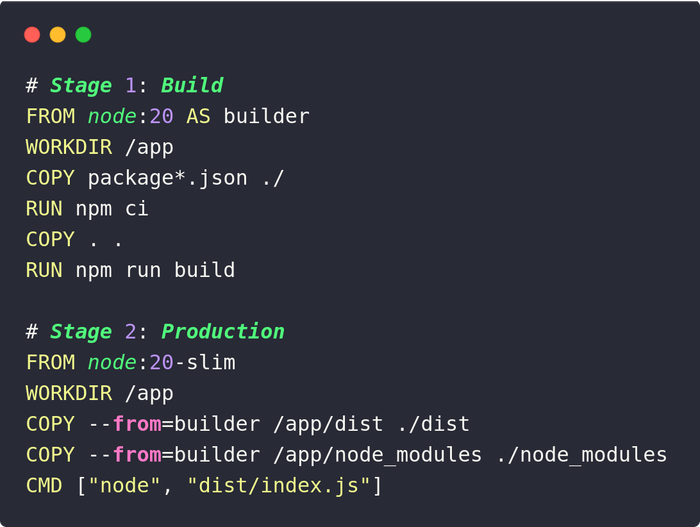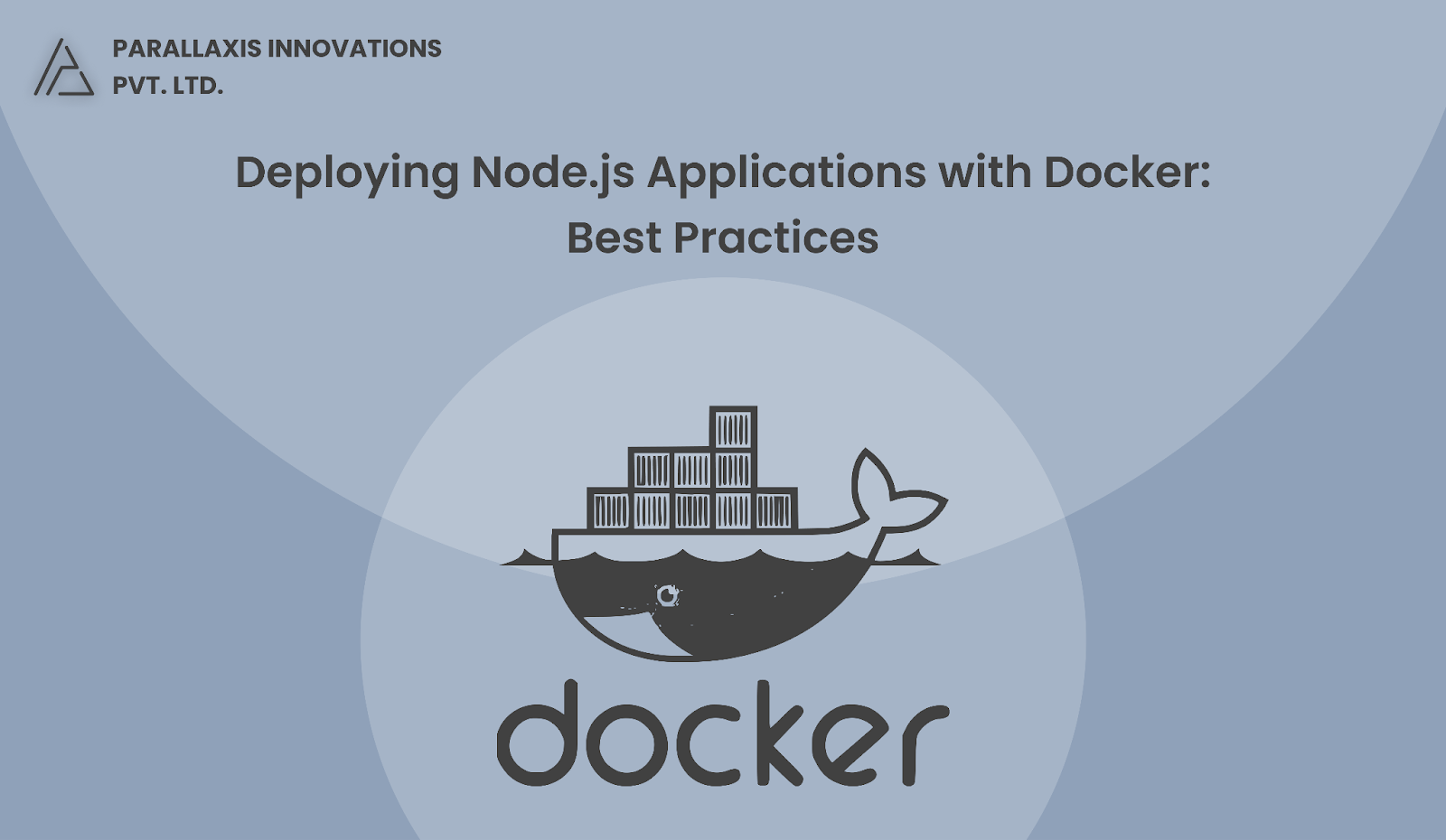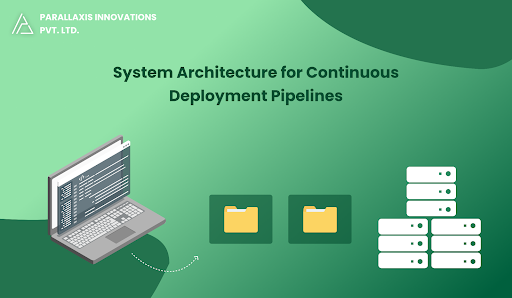In modern app development, Docker is widely used to create, ship, and run applications. For Node.js developers, it ensures that the app behaves the same way in development, testing, and production. But to fully take advantage of Docker, it's important to follow best practices when deploying Node.js apps.
In this blog, we’ll explore the best practices for deploying Node.js applications using Docker to improve performance, security, and maintainability.
Why Docker for Node.js?
Before we get into the best practices, here’s why Docker is great for Node.js:
- Environment Consistency: Run your app the same way in different environments (local, staging, production).
- Isolation: Keep your app and its dependencies separate from the host machine, avoiding conflicts.
- Scalability: Easily scale your app using tools like Docker Compose and Kubernetes.
- CI/CD Friendly: Docker integrates well with modern DevOps workflows, making deployments smoother.
1. Use Multi-Stage Builds
Multi-stage builds help reduce image size by separating the build environment from the runtime environment.
Example Dockerfile:

2. Use a .dockerignore File
Just like .gitignore, .dockerignore prevents unnecessary files from being included in the image.
Example:
node_modules
npm-debug.log
Dockerfile
.dockerignore
.git
.gitignore
tests
3. Avoid Running as Root
Running containers as root is a security risk. Use a non-root user inside the container.
In Dockerfile:
RUN useradd -m appuser
USER appuser
4. Set NODE_ENV to Production
This tells Node.js and packages like Express to optimize for performance.
ENV NODE_ENV=production
Also, install only production dependencies:
RUN npm ci --only=production
5. Use Health Checks
Add health checks to monitor app status and restart failed containers.
Example in Docker Compose:

6. Keep Secrets Out of Images
Never hardcode environment variables or secrets in your image. Use Docker secrets or environment variables in deployment configurations.
Example
environment:
- DB_PASSWORD=${DB_PASSWORD}
7. Use Alpine Images (with caution)
Alpine images are lightweight and secure, but they may lack necessary libraries for some npm packages.
Option:
FROM node:20-alpine
8. Monitor and Log Properly
- Use centralized logging (e.g., Winston, Pino).
- Send logs to stdout/stderr for Docker to manage them.
- Use monitoring tools like Prometheus + Grafana.
9. Clean Up in Build Steps
Remove unnecessary files after builds to keep your image lean.
RUN rm -rf /tmp/* && npm cache clean --force
10. Test Your Docker Images
Test locally using tools like:
docker build -t my-node-app .
docker run -p 3000:3000 my-node-app
Final Thoughts
Docker makes it easy to package and deploy Node.js applications, but without following best practices, you may face issues with performance, security, and scalability. By implementing the strategies above, you'll create efficient, secure, and production-ready Docker deployments for your Node.js applications.
Have questions or tips of your own? Share them in the comments!



